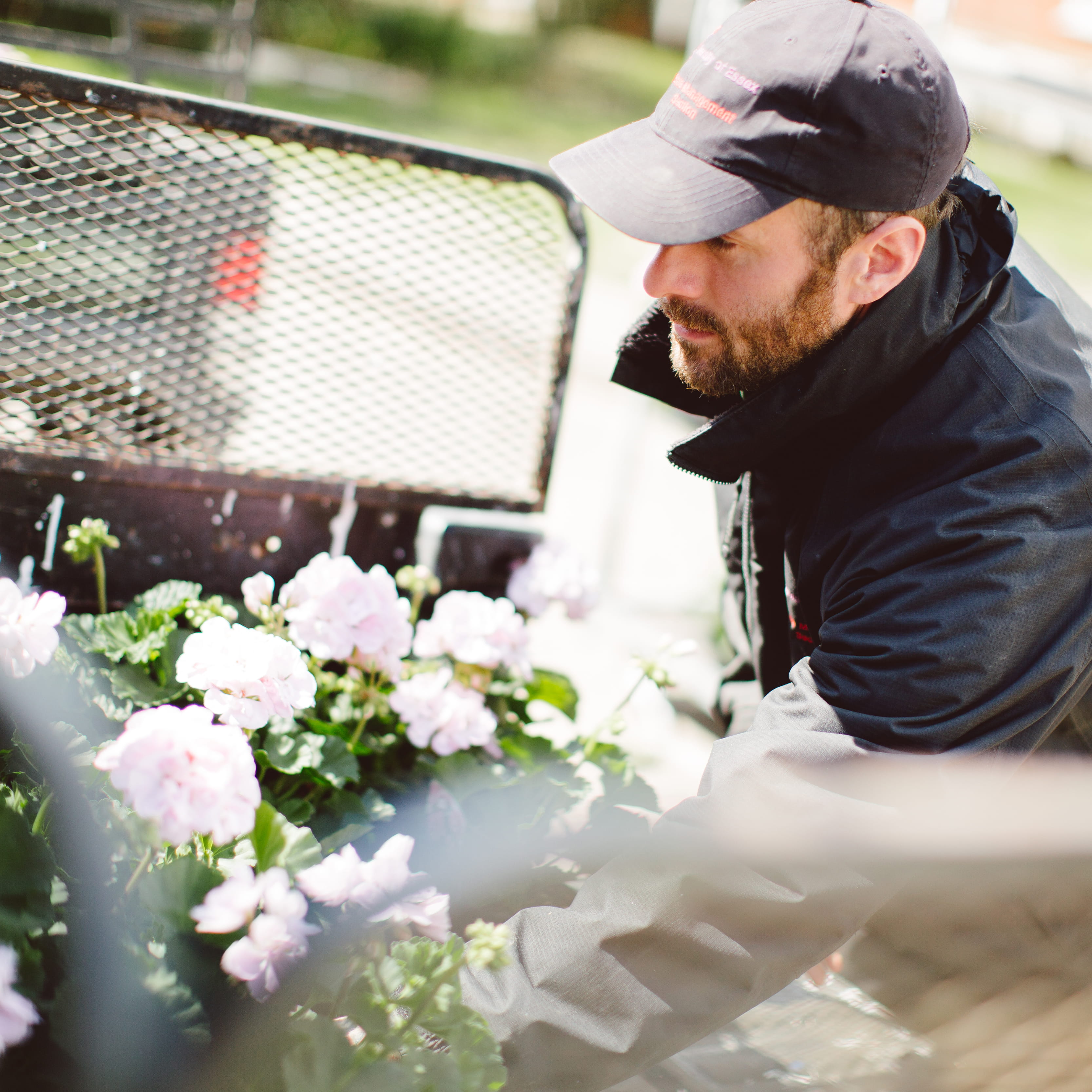We want to reach net zero carbon emissions by 2035 – but why?
As a core aspect of our direct environmental impact it is important that we play our part in tackling the climate crisis by reducing the greenhouse gas emissions we produce in the day to day operations of our University. It has been on our agenda for close to a decade, with our annual emissions now a third what they were at their peak. But we know we need to push further – faster – to live up to the expectations of our community and do justice to our declaration of a climate and ecological emergency. Alongside the introduction of our new Sustainability Sub-Strategy, we have set a new ambitious reduction target: to reach net zero carbon emissions by 2035.
The 2015 Paris Climate Agreement kick-started the net zero movement; numerous countries, businesses, local authorities, universities and many others around the world have now either set their target, or are devising their pledge. Under an amendment to the Climate Change Act 2008 the government has set a legally binding target for the UK to reach net zero carbon emissions by 2050.
Our net zero pledge refers to our scope 1 and 2 carbon emissions – those we control through the amount of gas and electricity we use (for power, heating and hot water), and the vehicles in our fleet. We will implement efficiencies and reduce usage through building infrastructure and equipment (such as better insulation, double glazing, efficient boilers and systems controls), increasing use of on-site renewables (eg solar panels), as well as supporting changes in behaviour and how we use our buildings.
In simple terms, net zero means reducing emissions down as far as possible, and any residual emissions that can’t be eliminated are offset to counteract them; for example tree planting projects or supporting clean energy projects in developing countries. The preference is always to reduce as far as possible, but at present technology does not exist at scale to do this effectively. We cannot assume that the future will save us, and therefore the focus is on cutting emissions that cause climate change. Consequently, our target for net zero is to reduce our emissions as far as possible, with a maximum offset of 3,000 tonnes. Critically, the carbon market will change and the costs of offsetting will fluctuate; it will not be cost effective to maintain offsetting in the long-term and we will continue to invest in reduction.
The University’s annual scope 1 and 2 carbon emissions have been declining over the last decade, all alongside growth in student and staff numbers and our building footprint, so we are realising efficiencies in the existing estate. Our emissions peak was in 2012/13, at just under 19,000 tonnes of CO2. In 2019/20 this was down to approximately 12,500 tonnes, and last year fell to 9,500 tonnes; however, this large drop is attributable to the pandemic and is not expected to be maintained over the coming academic year.
Indirect emissions, ie those created as a result of student and staff commuting, business travel, waste and recycling and purchase of goods and services are classified as scope 3 emissions, and will be treated separately. More work is needed to establish data on the sources of these emissions, but estimates based on annual procurement spend put our scope 3 emissions at circa 35,000 tonnes annually. Reducing this requires changes in the choices we make, both as individuals and as a University.
The scale of the challenge should not be underestimated. The level of carbon savings achievable vary; for example, upgrading ultra-low temperature freezers in the School of Life Sciences saved approximately 32 tonnes of CO2 annually, while planned upgrades to the air systems in the Gateway Building (Southend) and additional solar PV panels will respectively save a further 100 tonnes and 270 tonnes of CO2 annually. The biggest projects are costly – for example the introduction of double-glazed windows in our 1960s estate and energy usage monitoring and control at building level – but will be essential in improving building efficiency.
This work is a core focus for the Sustainability team, but every student and member of staff can contribute through changes to everyday habits. Behaviour change – such as switching off unused lights and electrical equipment, turning down heating and shared use of resources contribute to energy efficiency and can result in usage savings of around 10%. Based on our 2020/21 figures, that could be as much as 950 tonnes of CO2 just by everyone acting differently! We all have the power to make change, even in small ways, which is why it’s so important for everyone do their bit.
If you are keen to test your knowledge of carbon footprints, contact the Sustainability team to find out more about playing the How Bad Are Bananas? game with your team.
